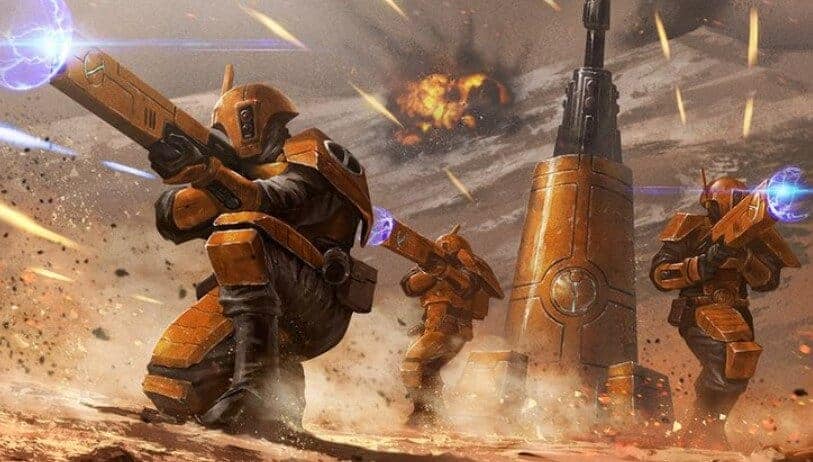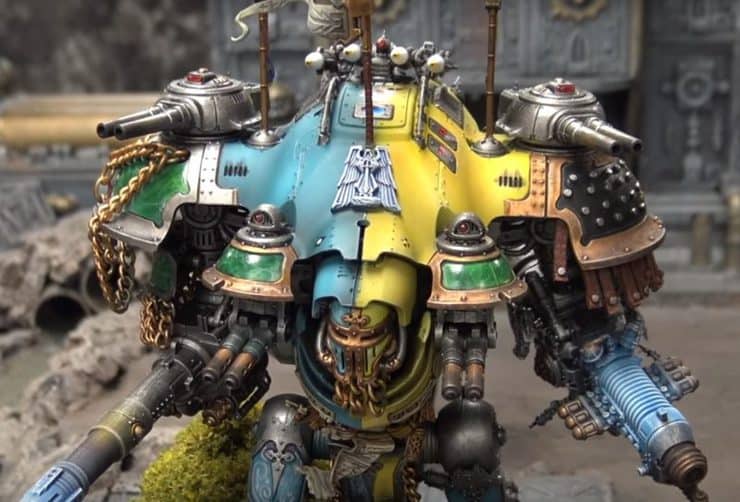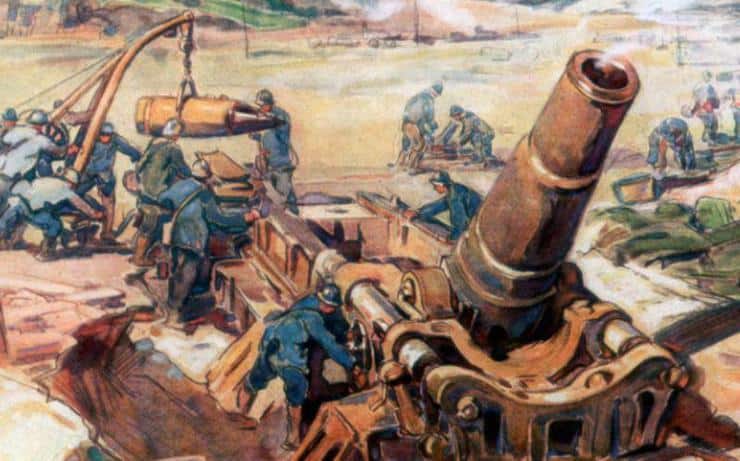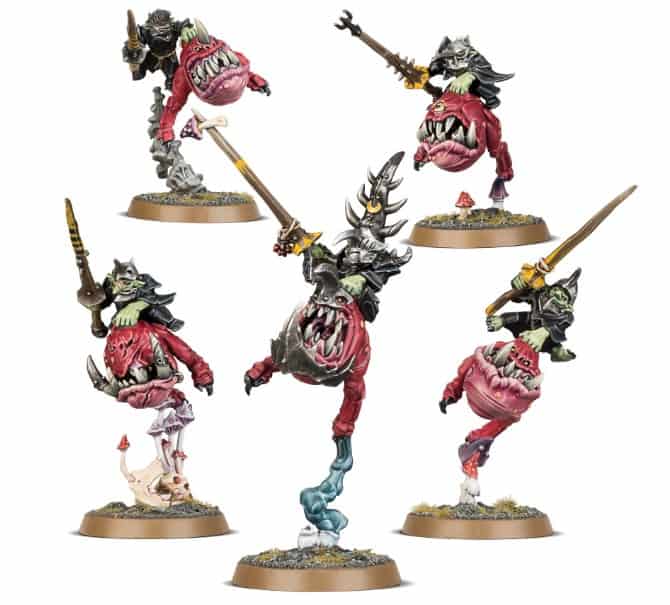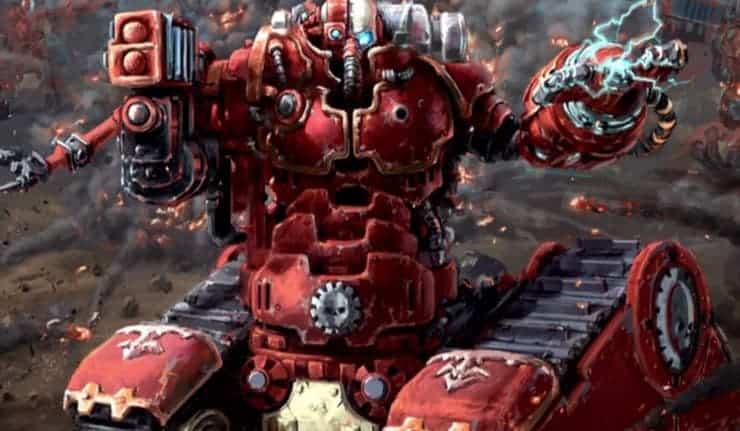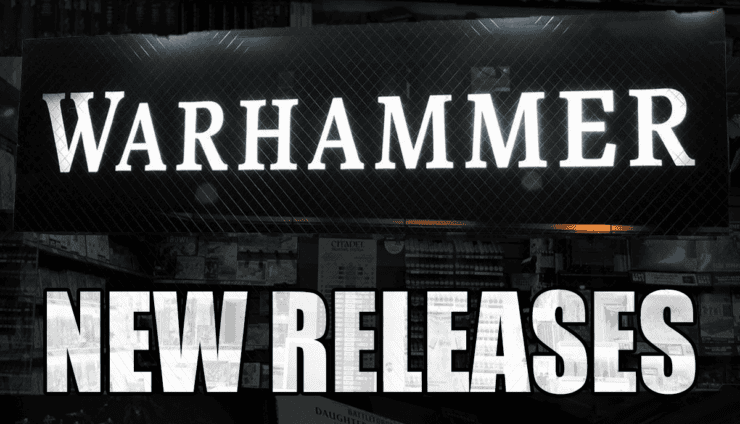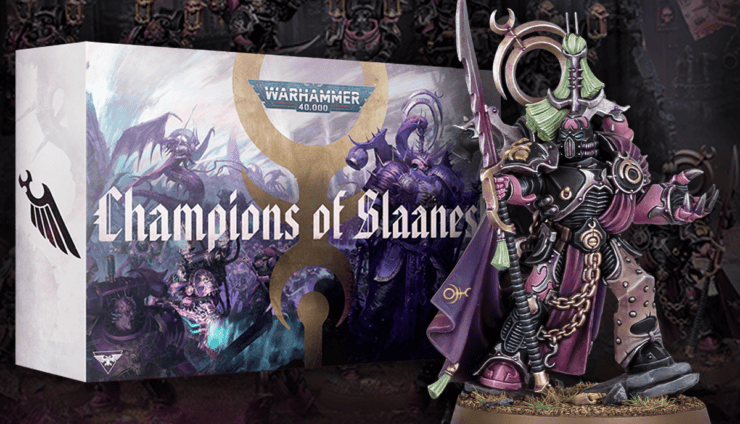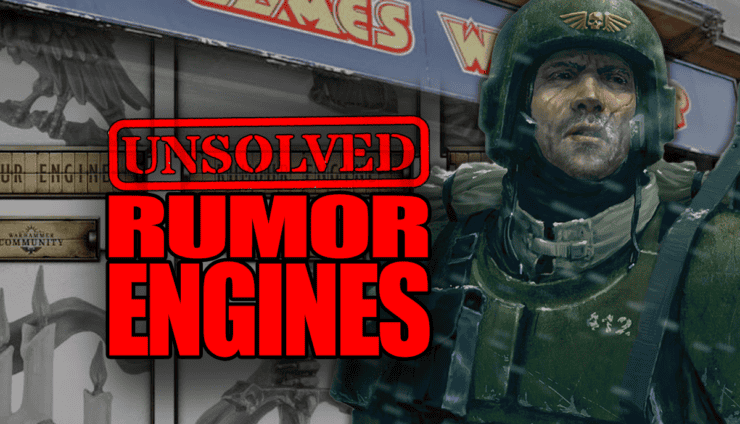Movement is a part of any kind of GW game. In Warhammer 40k and Age of Sigmar movement plays a bigger part in the strategy whether you do it or not.
Looking at W40k and AoS, movement plays two very different roles in tactics. With that said, let’s check out the ins and outs of movement in 40k first.
Movement in 40k
While movement will always be a part of 40k, the only time it’s relevant for certain factions is just for objective grabbing. If Tau could have it their way, they would be winning every battle from behind a static gun line. 40k is a game where we’ve seen a plethora of new weapons introduced since the start of 8th edition. Really, the ranges of weapons in the game mitigate any real need for much heavy movement.
The Castellan, for example, can stand in the farthest corner of a map and touch anything with his Volcano cannon. While there are a few factions like GSC, Tyranids, and Orks that focus more and more on melee combat, their shooting can still be devastating.
We’ve also noticed that weapons that ignore LOS have been becoming even more popular. Back in the day, terrain was more useful because you could advance a unit out of sight from an enemy cannon. However, Mortars, Hive Guard, etc. are remaining solid choices for the meta just because their weapons completely disregard the terrain sitting on the table.
Movement in AoS
Looking at AoS, movement is much more relevant. Simply because quality shooting is harder to come by, and understandably so. It turns out that a Boltgun is more reliable than an arrow shot from a Grots bow. With that said, melee is more of the focus in AoS. In order to get into melee, you have to be able to move.
For example, Some melee-focused units only move 4″ in AoS and are, while decent, sometimes hard to get them into combat in a timely manner. However, if a unit in 40k only had a 4″ movement but had some kind of ranged weapon, people probably wouldn’t think twice about using them! (They might have a 4″ movement but a 30″ cannon makes their movement characteristic irrelevant).
Some of the top choices in AoS are units that have a reliable movement. Squigs are a prime example. Boingrot Bounders can move 2D6″, get a D6″ advance, and still charge 2D6″ all in the same turn with the right buffs. If you roll right, you can easily get them into combat turn one and go to work.
Remember, more movement= Greater chance you get to hit first.
The chances of a unit with 4″ movement getting to strike first against a unit with a 5D6″ movement are almost non-existent. Plus, in AoS, there are only a few factions with some decent shooting that would be able to deal with them at-range. You could fairly comfortably leave them out in plain sight of the enemy with no real threat of seeing them get scooped off the board from shooting.
More Range Means Less Movement
To boil everything down, any time a faction has more ranged weapons that can ignore LOS, the less movement you’re naturally going to see. On the flip side, the fewer guns a faction has, the more movement you’ll see. AoS requires a lot of thought and planning ahead in the movement phase alone.
Meanwhile, 40k’s real strategy comes down to target prioritization and bringing the right kind of guns. As long as you’re able to sit down on a few objectives (whether they’re in your deployment or you deepstrike down on top of them), you can reliably do well in your games.
What do you think about the movement phases in 40k and AoS? Which game do you think has a more important movement phase in your experience? Let us know in the comments of our Facebook Hobby Group.

